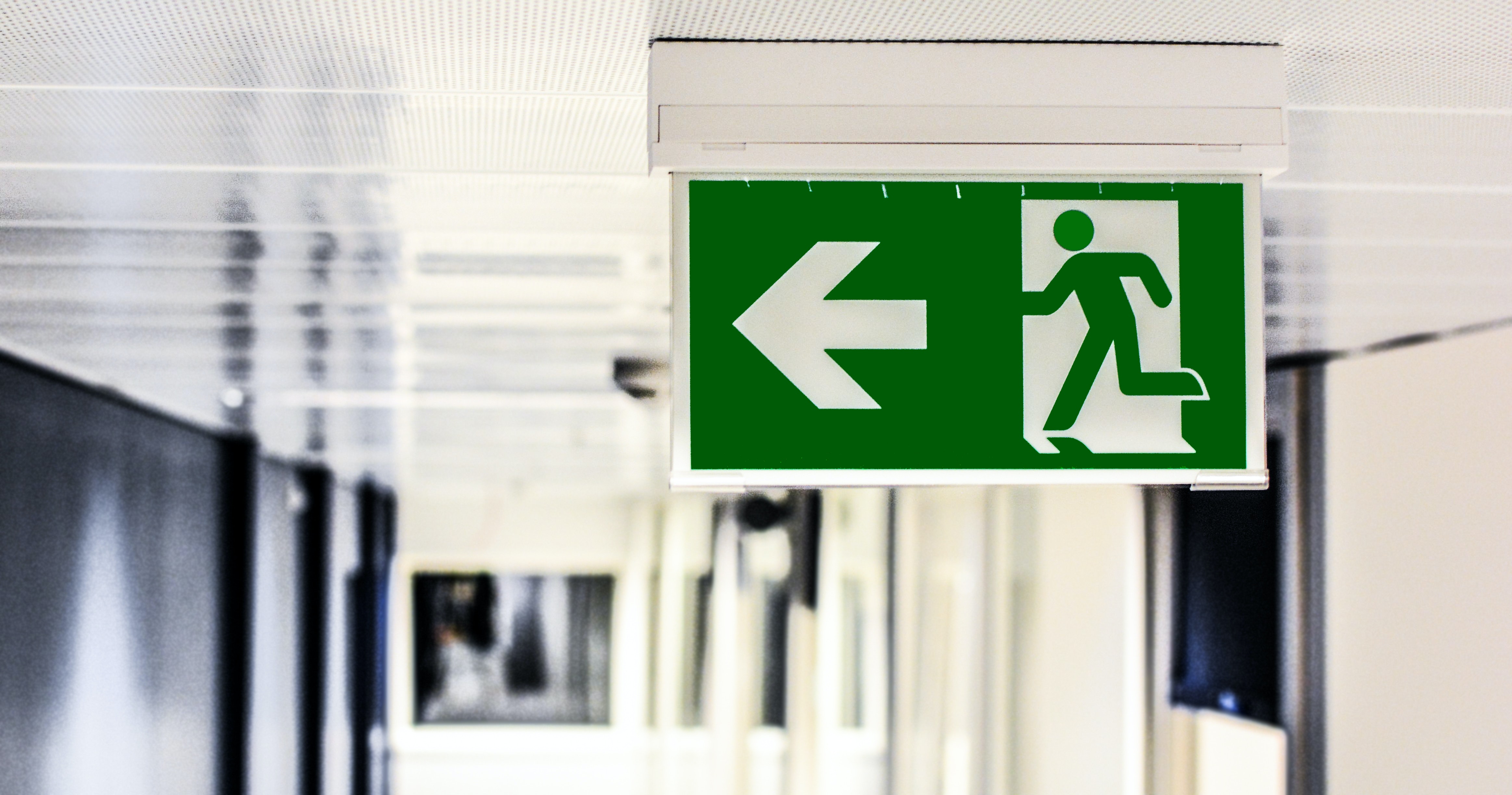
If you’re friends with or working alongside a PWD, being able to assist them effectively during an unexpected crisis can ensure safety for all parties involved.
While extremely specific assistance will vary depending on the situation, mentally preparing yourself to immediately act on general safety measures will go a long way.
Here are some suggestions to consider with regard to people with differing needs and challenges:
People with blindness or low-vision
During an evacuation, quickly communicate any relevant information, namely the reason for the emergency and the immediate course of action.
Try your best to remain calm. Communication is far more effective when done in an even tone. Panic can often be contagious. If you’re too rushed with your thoughts and words, the person you’re trying to help will only be overwhelmed and confused.
Remember to communicate everything verbally, especially to relay potential obstacles and issues toward finding the exit. The more clear and concise, the better.
If possible, offer your assistance physically. This can be as simple as lending your arm to help the PWD navigate.
If the PWD has a service animal, make sure that the two are never separated throughout the evacuation process.
People with deafness or low-hearing
Rely on attracting attention through visuals or actions. Waving your arms widely or repeatedly flicking the lights on and off should be enough to alert the PWD that something is amiss.
Assuming that pre-made evacuation guides are unavailable, quickly write a note detailing the nature of the emergency, the evacuation route, and where to meet once safe.
Write the note in a very concise manner. Time is of the essence, so fragmented sentences with clear key points will suffice.
If note-writing is impossible, use simple gestures to indicate “Follow me” and “Go here”.
Learning basic sign language in advance will help immensely, though commonly understood gestures and direct physical assistance will work too.
Non-wheelchair users with limited mobility
Openly inquire if the PWD requires any help, such as for navigating the stairwell. Never assume what their needs are if you can help it.
If possible, try to clear any debris along the escape route. Not only does this directly ease the PWDs navigating, it also helps reduce congestion. Nobody wants to be crammed along the evacuation route, which is dangerous in itself.
If the PWD is using crutches, canes or walkers, you can assist them with a 2-person, lock arm position or use a chair – preferably one with arms and wheels – to safely transport them. Again, always ask which type of assistance they prefer.
Wheelchair users
Wheelchairs tend to be too heavy to lift down the stairs. A 2-person arm lock may also be insufficient to physically assist a wheelchair user. In such cases, the officer chair method can be used.
If you can ask another person for help, the PWD can put their arms around both your shoulders for the two-person cradle carry method.
Beyond that, all other general procedures apply, such as the clearing of debris along the escape route.
If the PWD doesn’t wish to be removed from their wheelchair due to unique circumstances, quickly guide them to the nearest stairwell, then immediately call emergency services.
To maintain calm and promptly respond to the unexpected, the wheelchair user should be in constant contact with these services while staying in place.
Evacuations can be panic-inducing, so it’s best to note these general procedures far before an actual emergency. The more mentally prepared you are, the less likely it is for unexpected variables to throw you off. In a bad situation, that’s a win-win for everyone involved.
References
Vanderbilt University (2022) Evacuation for persons with disabilities [Accessed 12 January 2023] Available at: https://emergency.vanderbilt.edu/vu/quick-ref-guides/evacuation-disabled.php/#:~:text=If%20danger%20is%20imminent%2C%20use,Notify%20emergency%20personnel.
UCSD (2020) Emergency Evacuation for People With Disabilities [Accessed 12 January 2023] Available at: https://blink.ucsd.edu/safety/emergencies/preparedness/get-ready/disabilities.html